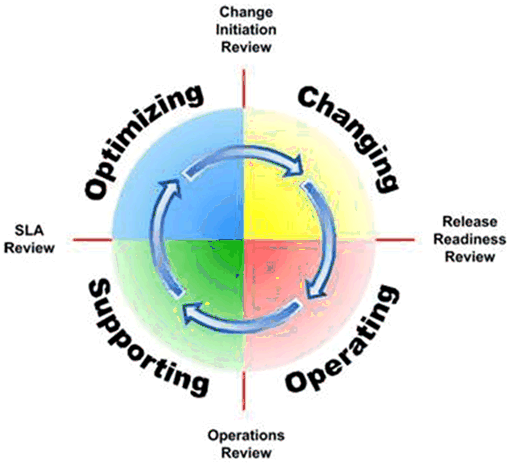Don’t be embarrassed if you don’t know what operations management is. If you work in marketing or human resources, you don’t have much need to know what operations management, or ops management for short, is. You may even be working in a position that falls under operations management and not know it. But don’t worry, a clear definition of operations management is just ahead.
According to Wikipedia, operations management “is an area of management concerned with overseeing, designing, and controlling the process of production and redesigning business operations in the production of goods and/or services.” In other words, operations management is the part of a business that ensures things get to their destination effectively and efficiently. A key component of operations management also involves managing costs.

There’s a crucial balance that goes on with operations management – businesses want to have as minimal inventory as possible to reduce storage and associated costs while also being able to fulfill customer orders at a quick, predictable pace. A number of different tactics and techniques are commonly used to effectively manage the different parts of the operations process.
As an example, just in time inventory is one method used to manage inventory. At the core of just in time (JIT) is the core understanding that inventory is waste. Inventory sitting on warehouse shelves doesn’t do you any good because you’ll incur costs. As a result, just in time inventory focuses on quick order fulfillment from beginning to end.
Similar to just in time inventory is lean manufacturing. Lean manufacturing has been used by Toyota and other companies. It involves, essentially, getting as much bang for your buck as possible. For example, if it only takes eight machines to complete a process but you have ten, lean manufacturing would dictate that you get rid of the extra machines. Similarly, if you have too many employees doing manufacturing, lean manufacturing would suggest you reduce that workforce.
Six sigma is another method used commonly in operations management. Motorola devised six sigma in the 1980s and it’s still used today. Six sigma is based on reducing errors in manufacturing and business processes. By reducing errors and variability, you increase efficiency and operations management on the whole.
Naturally, operations management includes more theories and practices. For one, using an ERP system can help optimize your operations without a lot of the added changes required by some of the other methods. Still, it’s good to keep everything in mind and continually refine your processes.
Barney Graves writes about operations management, business, and more.

